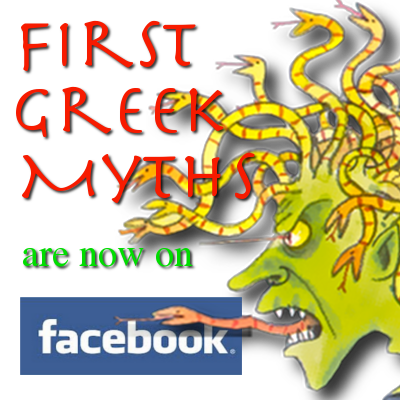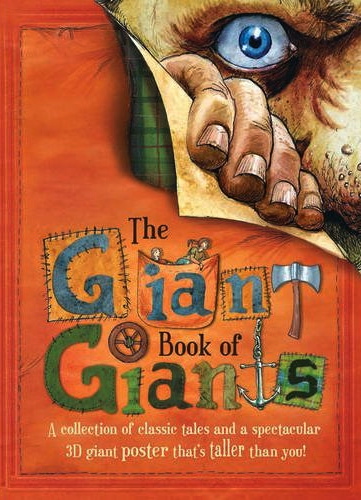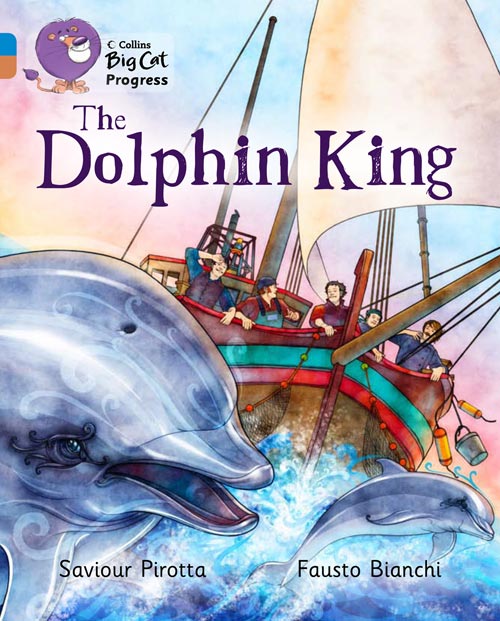 Tony Bradman’s VIKING BOY is a pacy, exciting adventure that had the two boys we asked to read it drooling for more. It’s published by Walker Books today and, to help celebrate, we asked Tony a few questions about how he put the story together and about writing in general.
Tony Bradman’s VIKING BOY is a pacy, exciting adventure that had the two boys we asked to read it drooling for more. It’s published by Walker Books today and, to help celebrate, we asked Tony a few questions about how he put the story together and about writing in general.
SP: This is the second historical story you’ve published this year [after Titanic: Death on the Water, written with your son Tom]. What attracts to you the historical genre?
TB: I’ve always loved historical fiction, and history too. A good historical novel has lots of drama – writers don’t tend to pick dull periods to write about! And if it’s a well researched story, you also learn lots about a particular time and place.
SP: Why did you choose to write about Vikings?
TB: The Vikings were my first love. Among the earliest books I read as a boy were the novels of Henry Treece, a historical writer for children who has almost been forgotten now. But his book Horned Helmet stayed in my mind for a long time – it’s very cool in the way only a Viking story can be cool – spare, hard, northern, but witty and poetic too. I then went on to read other Viking novels (by Rosemary Sutcliff!), and saw a great film at an impressionable age – The Vikings, starring Kirk Douglas and Tony Curtis. All good stuff…
SP: The world of Gunnar is a very vivid one. What kind of research did you do to get the details right?
TB: I’ve read loads of stuff about the Vikings over the years – lots of history books! I also read a lot of the Icelandic sagas, brilliant real-life stories of Viking life in the early years of settlement on Iceland. They were written down in the 14th century by an amazing man called Snorri Sturlusson who is worth a book on his own. I read lots of versions of the Norse myths, too, the best one by far being Kevin Crossley-Holland’s The Norse Myths. (Kevin has also recently produced two brilliant new Viking stories, Bracelet of Bones and Scramasax – I’m hoping there’s a third one in the pipeline!). And last but not least I did a couple of research trips to Scandinavia. I visited two great Viking ship museums, one in Oslo, and one in Roskilde, Denmark, where I went for a ride in a reproduction Viking ship and even dressed up as a Viking! My wife still won’t let me buy a sword, though.
SP: Viking Boy mixes elements of Viking lore with gritty true-life drama. Are you a fan of Viking myth?
TB: Definitely. I’m a big fan of the ancient Greeks, and there are some similarities between the two sets of Gods – their violence and capriciousness, the way they interfere in human life. But the Norse Gods do have their own darkness and intensity – the idea of fate as being inescapable is a powerful one, especially when it generates an attitude that runs through Viking culture – fate is inevitable, but you don’t know what yours will be, so you might as well get on and live your life as best you can. There’s a kind of tough, rugged individualism at the heart of Viking culture that boys find very appealing – I know I did when I was young!
SP: The 3 Norms with their scissors sound very scary. Do you have nightmares about them?
TB: No, but I probably will do now you’ve put the idea in my mind! One of my favourite Shakespeare plays is Macbeth, and the scenes with the three witches were very much in my mind when I wrote the Norns scenes in Viking Boy. The Triple Goddess of Maiden, Mother and Crone also features in ancient Mediterranean culture – I was a big fan of Robert Graves in my 20s, and read his book The White Goddess, which explores the idea that the original European religion was matriarchal. It’s fairly barmy, but rich in ideas that have obviously percolated in my mind for a long time. Viking Boy is also a very masculine book, with mostly male characters – although when any female characters appear (the Norns and the Valkyries!) they’re very scary. Maybe that says something about me…
SP: How do you choose which books to write with your son Tom, and which to do on your own?
TB: So far it’s just kind of happened. It started when I asked Tom if he wanted to help me with some books I’d already been commissioned to do, and he said yes. Then we were asked to do some more by A&C Black, Hodder Wayland and Pearson, and it kind of grew from there. We have another couple of books to do – a non-fiction book (history!) and a short novel (about the same length as Titanic: Death On the Water), and we’re developing some other ideas of our own – so watch this space!
SP: Are you one of those writers who plans a story carefully before they start writing or do you prefer following an idea and see where it leads you as you write?
TB: I do plan quite carefully – the process is one of lots of research and thinking and note-taking and making, and then an outline… I like to know where I’m going. But the plan often changes, sometimes completely. I usually have an idea of the ending, but that can change too, and it never works out the way I thought it would when I started the journey. A lot of writers say they don’t plan because they need to be surprised by the characters and the story – that happens to me all the time, even though I plan, in every type of story – long, medium, or short. In Viking Boy, for instance, I never really planned to have a character called Rurik – but there he was in a key scene, a minor character who became my hero’s friend and a major part of the plot.
SP: What books influenced you as a child, and which ones influence you now?
TB: Lots and lots – Henry Treece, Rosemary Sutcliff, Tolkien – I was a big fan of both The Hobbit and The Lord of the Rings.I still read all the time – I’m never without a book on the go, and usually several – a novel, books for research, books to help me learn ancient Greek or Anglo-Saxon…
SP: Is there a book which you reviewed or read you wish you’d written yourself?
TB: Hundreds. Anything by Patrick Ness, Kevin Crossley-Holland and many others… I reviewed China Miéville’s Railsea earlier this year and was blown away by its originality, scope and sheer linguistic bravura. There are so many great writers around…
SP During school visits, I always tell kids that writers very rarely get a story right in the first draft. How many redrafts of Viking Boy did you do?
TB: It took me a long time, and I had a lot of ups and downs with it. The first draft was over 60,000 words, and the publishers reminded me that they’d only wanted 30,000 (whoops!). I thereupon cut it to 42,000 and swore blind that I couldn’t cut another word. They were happy with that draft, except for a few fairly minor suggestions… but when I read it again I realised I could make it a lot better and proceeded to cut it to… just over 30,000 words! So I got there in the end. It was an interesting experience, and I think the final draft was right for a Viking story – lean, mean, under-stated, cool. Why didn’t I do that in the first place? Ah, writers… we’re a mystery even to ourselves…
SP: I loved Viking Boy and can see it will really appeal to young readers. Will there be a sequel?
TB: I love the way Viking Boy turned out, and I’d love to do something else on that scale, or even bigger. But I always take on too much and I want to be careful about what I commit to over the next few years – I’m not getting any younger! I have a number of ideas – another Viking story, but a much darker one with a real twist; a story set in the Gallipoli campaign in World War 1; a story set at the end of Roman Britain; and various others. We’ll have to see…
SP Thank you for your time, Tony. It’s been a great pleasure talking to you. Whatever you come up with next, be it another Viking story, or a tale set against a backdrop of World War I or Roman Britain, I’m sure it’ll be as cool and exciting as Viking Boy. Good luck with it…and I sincerely hope you do not have nightmares about those scissor-wielding Norms!
TB: Thank you, Saviour.
VIKING BOY by Tony Bradman is available from all good bookshops and on the internet now. I shall be reviewing it for the ABBA blog on the 1th of September.
You might also be interested in:
Trying Out A Fast-Paced Six Shooter – an interview with Caroline Lawrence







 UK edition
UK edition
